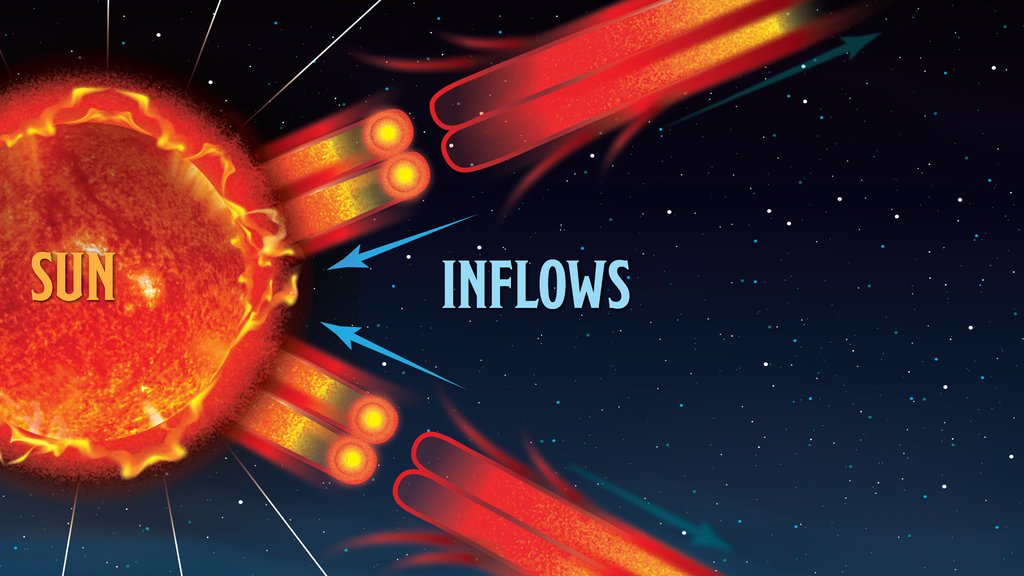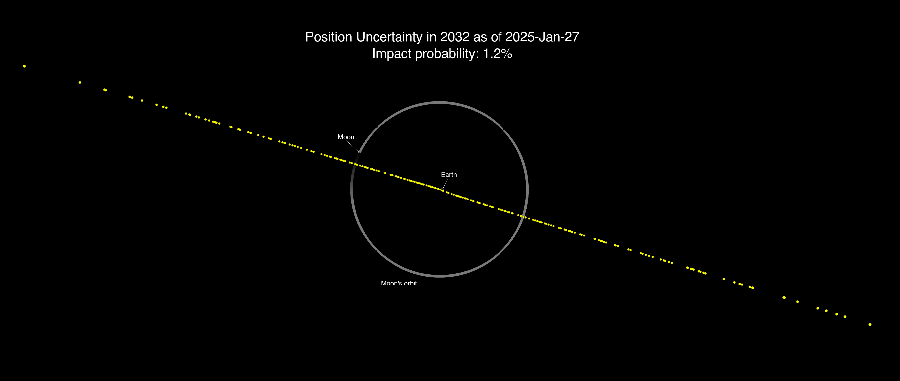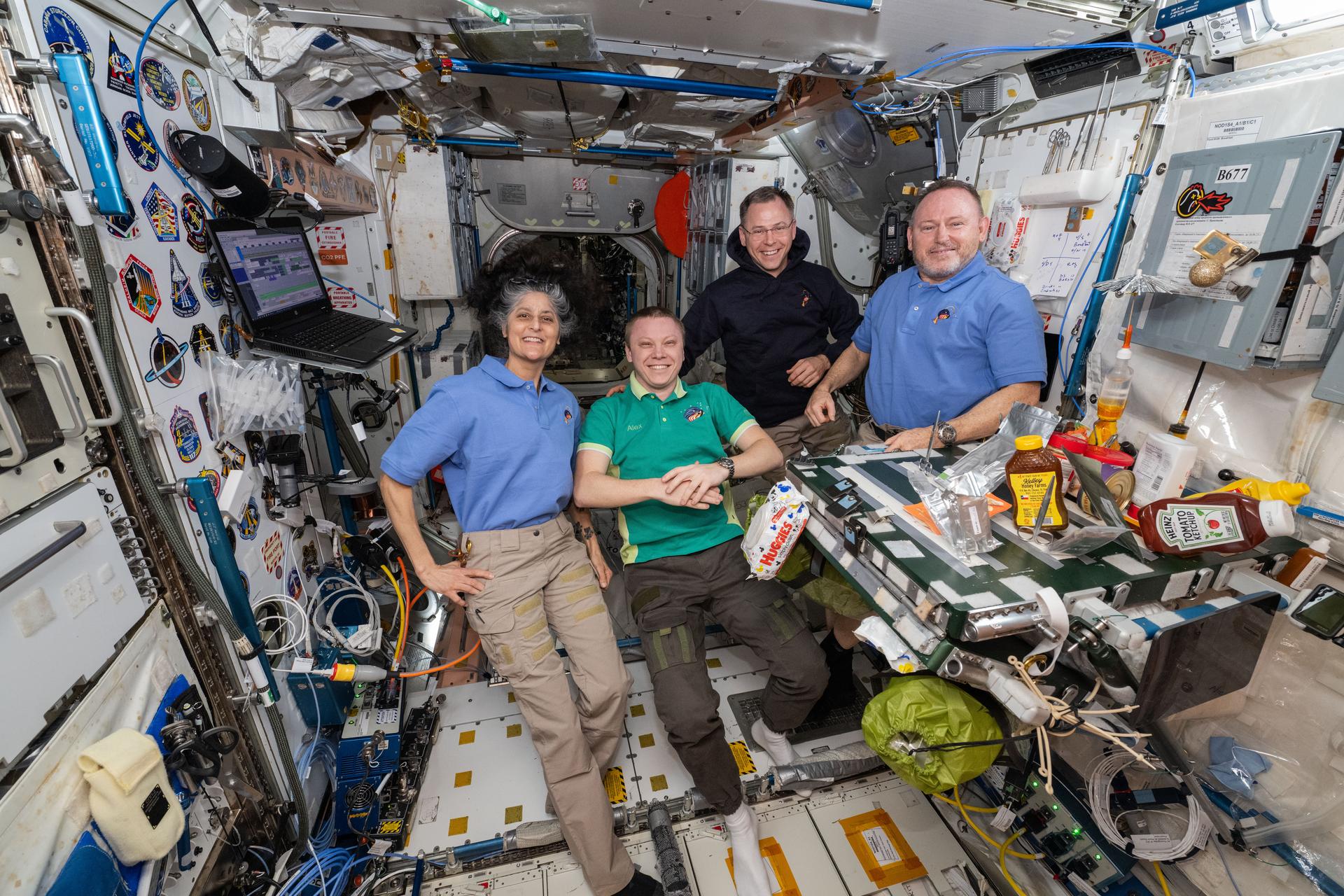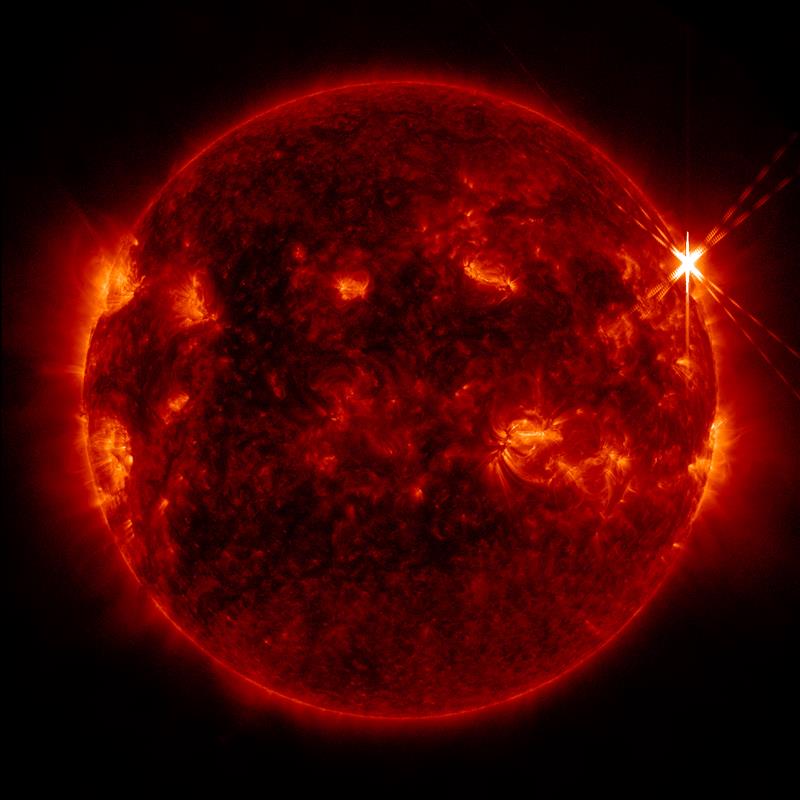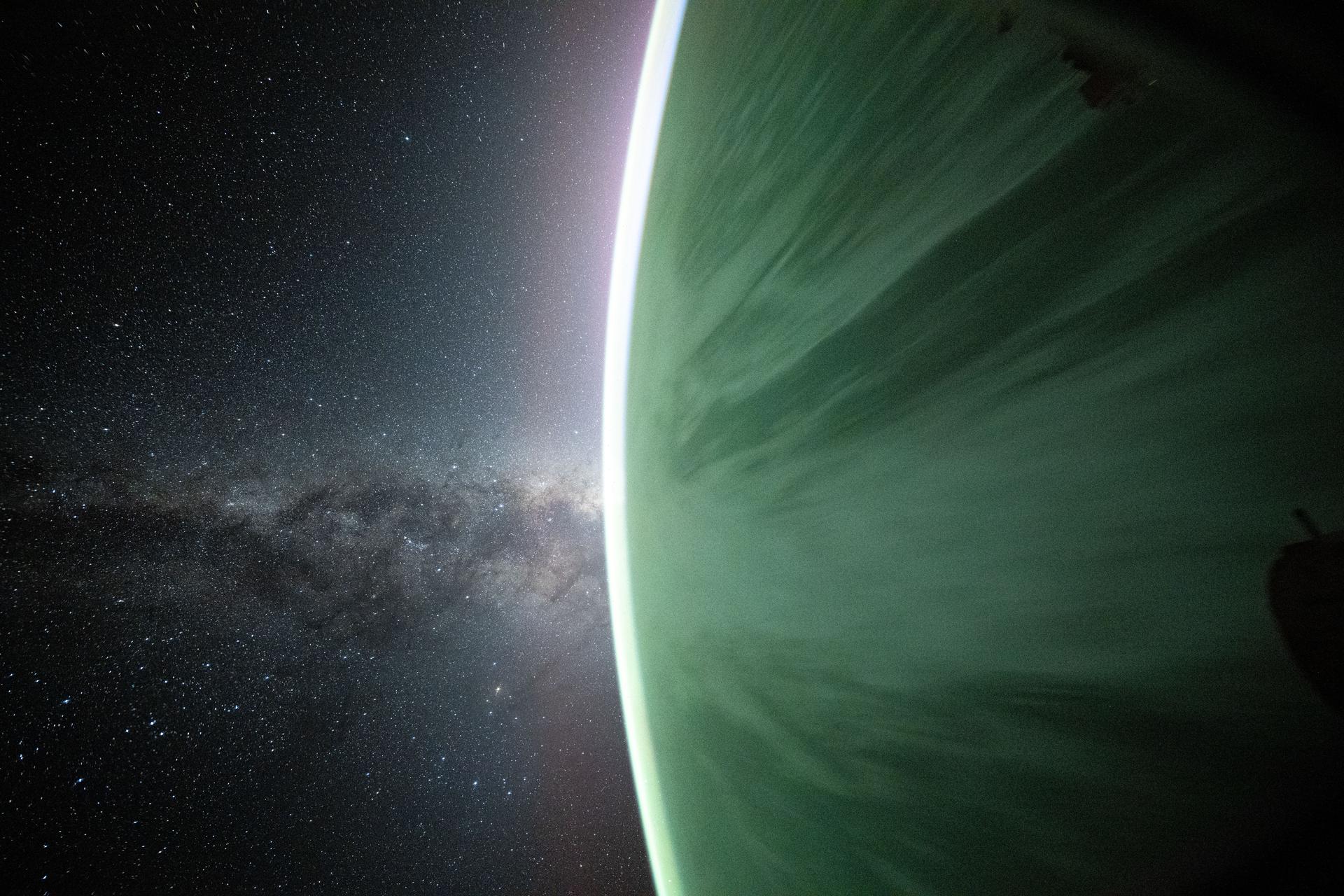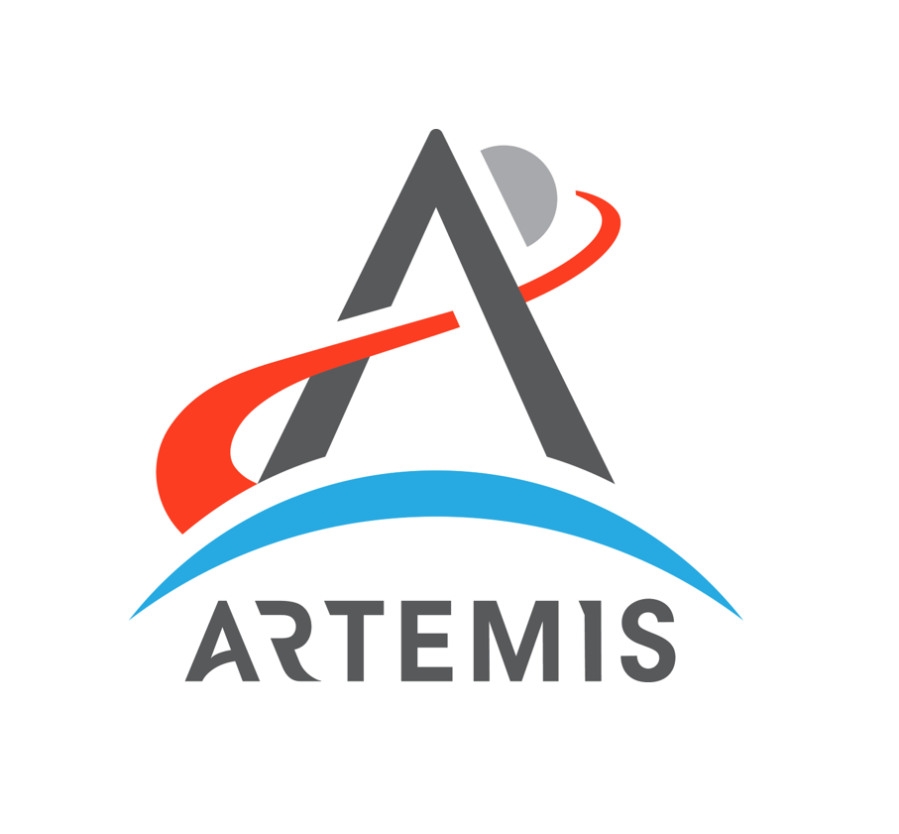NASA’s EZIE (Electrojet Zeeman Imaging Explorer) mission is set to launch in March 2025. The mission’s trio of CubeSats will investigate intense electrical currents called electrojets that flow through Earth’s upper atmosphere when auroras (northern and southern lights) glow in the sky. Mapping the electrojets will help create better models for predicting geomagnetic storms and …
NASA Aiming for EZIE Launch in March











